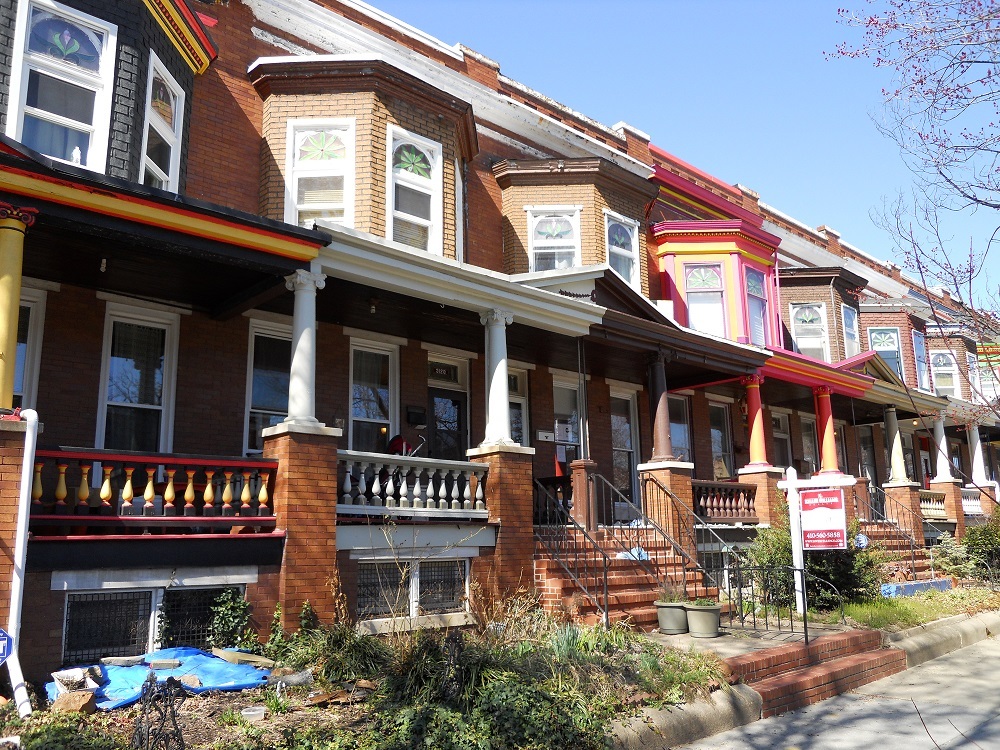this post was submitted on 26 Aug 2023
171 points (100.0% liked)
traingang
22598 readers
74 users here now
Post as many train pictures as possible.
All about urbanism and transportation, including freight transportation.
Home of train gang
:arm-L::train-shining::arm-R:
Talk about supply chain issues here!
List of cool books and videos about urbanism, transit, and other cool things
Titles must be informative. Please do not title your post "lmao" or use the tired "_____ challenge" format.
Archive links for reactionary sites, including the BBC.
LANDLORDS COWER IN FEAR OF MAOTRAIN
"that train pic is too powerful lmao" - u/Cadende
founded 4 years ago
MODERATORS
you are viewing a single comment's thread
view the rest of the comments
view the rest of the comments

when they're connected, there's less surface area exposed to the elements, improving the thermal efficiency and reducing heating/cooling costs for all the occupants.
I agree, they could be more energy efficient if they are placed together, but ceilings are often the more important part, having four stories and multiple families is more efficient in terms of energy and space than to have two story row homes, even if the former is disconnected. If they are partially connected they would of course even be more efficient. Of course having connected buildings is good in general.
However in states like the US some of the main problem in addition to how to place housing is that they are not well insulated. Well insulated free standing apartment buildings are much more efficient than row homes.
High density low rise (3-4 stories) of the Netherlands aren't too bad in terms of energy efficiency, but I don't mind higher stuff, if we compensate space for it.
https://spreefeld.org/wp-content/uploads/2022/09/PXL_20220904_171823813k-2048x871.jpg.webp
https://en.wikipedia.org/wiki/Red_Vienna#Public_housing
https://upload.wikimedia.org/wikipedia/commons/thumb/7/78/Felleishof.jpg/1920px-Felleishof.jpg